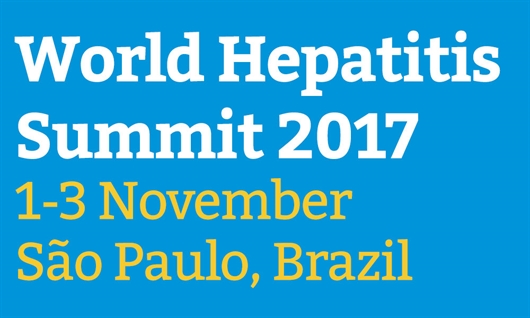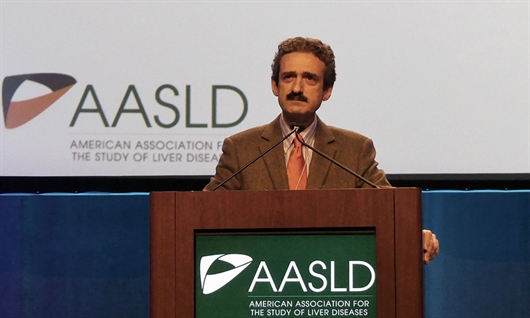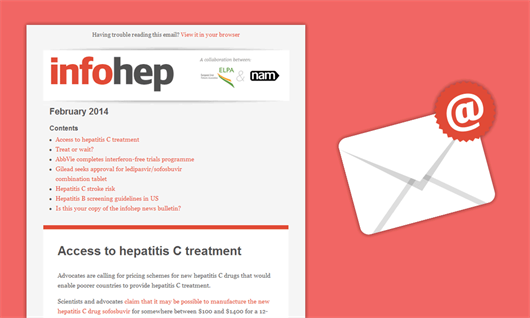
The World Hepatitis Summit took place in early November in São Paolo, Brazil.
Nine countries – Australia, Brazil, Egypt, Georgia, Germany, Iceland, Japan, the Netherlands and Qatar – are on course to eliminate hepatitis C by 2030, according to data released at the summit.
The World Health Organization’s elimination target challenges countries to aim for a 90% reduction of new hepatitis B and C infections and a 65% reduction in hepatitis B and C related mortality by 2030.
Approximately 250 million people worldwide have hepatitis B and 68 million have hepatitis C. Ahead of the summit, the World Health Organization announced that 3 million people have been treated for hepatitis C and 2.8 million have begun treatment for hepatitis B in the past 2 years.
Major obstacles to elimination include:
- low rates of diagnosis in many countries
- high cost of treatment
- lack of funding for treatment.
You can download the presentations from the World Hepatitis Summit at: www.worldhepatitissummit.org/2017/resources/presentations






Connect with infohep on Facebook: Keep up to date with all the latest news and developments.
Follow infohep on Twitter for links to news stories and updates from infohep.org. Follow us at www.twitter.com/infohep.
Follow all the infohep news by subscribing to our RSS feeds.